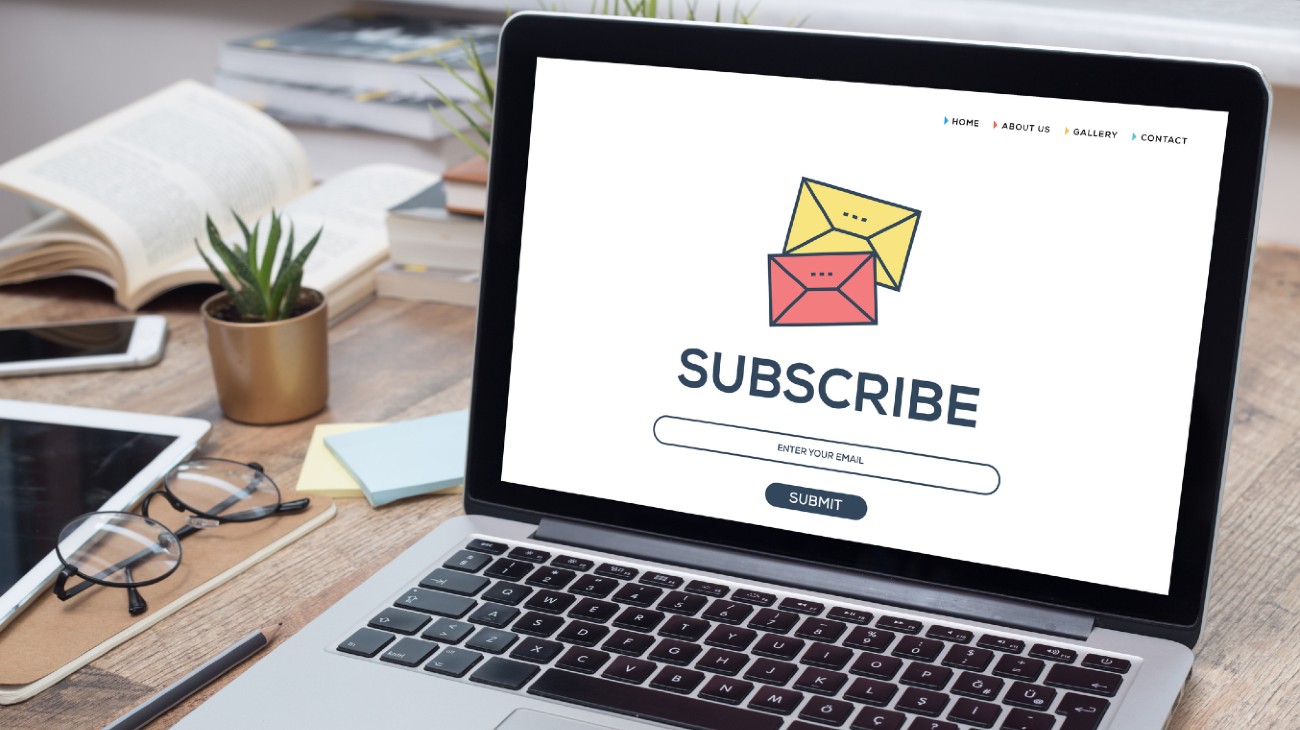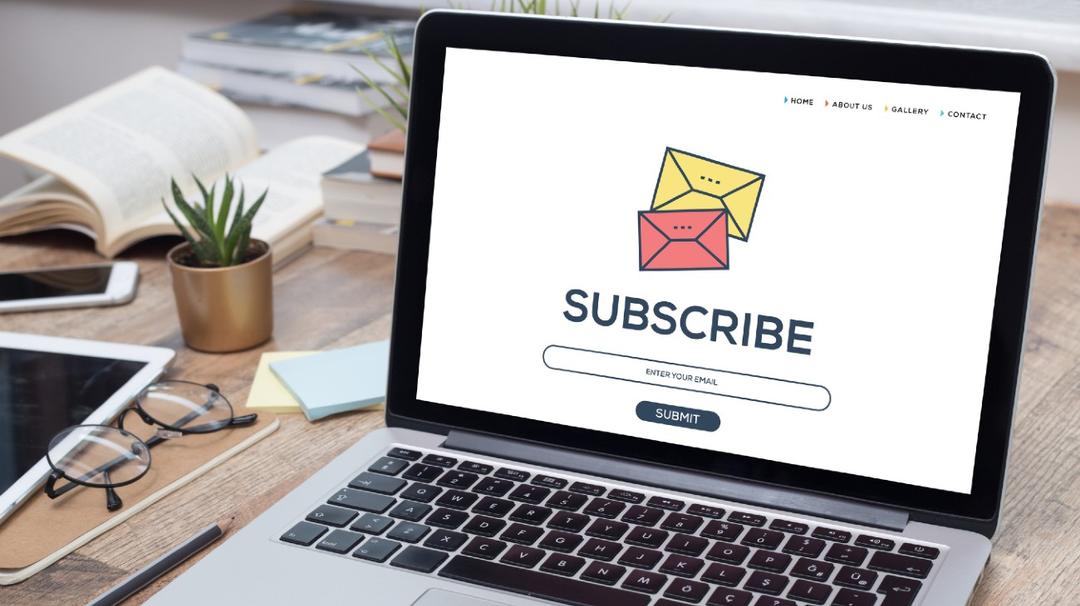
The media environment is constantly changing. New technologies are being developed all of the time, along with innovative new forms of marketing. Business owners developing a budget for marketing for their small business face a bewildering range of options to invest in.
But just because new platforms are created doesn’t mean older forms of marketing are useless. One of those older tried and true business promotion tools is email marketing.
Email marketing may seem like a relatively old medium compared to the lightning speed of change elsewhere in the digital marketplace. However, it’s still a very effective marketing tool when used strategically. Email can be a stable form of communication for connecting with customers when other platforms change so fast.
What Is Email Marketing?
Email marketing refers to any business marketing effort involving communication over email. These can be unexpected emails offering special sales, regular and informative email newsletters, or any of a range of things.
Email marketing is more than just sending an email to anyone you can address and inviting them to buy your product. It’s a highly effective marketing tool, but it has to be used well. Continue reading for a simple guide to the basics of email marketing!
What Are the Benefits of Email Marketing?
As a small business owner, you can’t afford to stay away from email marketing. Few marketing strategies get you the kind of efficient return on your investment than email does.
Sales
Emails make sales. It’s as simple as that. For the negligible cost of putting an email in front of a customer, the successful sales rate is astounding.
Of course, the reason for this is that you know the people you’re emailing are already open to what you’re offering.
It’s Based on Buy-In
There are several different ways to collect email addresses. However, before you request the email address, the customer chooses to give it to you. Permission marketing works because the customer buys into your service before they actually buy anything.
Email marketing campaigns start with that soft buy of sharing an email address and helping that individual become a loyal customer.
Brand Recognition
The low cost of email marketing allows you to take your time and connect with customers and potential customers repeatedly over time. This builds familiarity and gives your brand a chance to establish authority.
With an email drip campaign, you get to tell the story of your brand in bite-size chunks. Each piece the reader gets develops your brand identity and helps them remember and recognize what makes your company unique.
Data and Metrics
Another benefit of email is the way it makes measuring and assessing your results shockingly easy. With the right tools, you can track open rates and click-through rates in real-time.
Which subject lines lead people to open the email? How much do people read of each email, and how many follow the link? You can watch the results and quickly make adjustments for next time.
Traffic Generation
An email campaign provides a lot of opportunities for readers to click through back to your homepage. This allows you to develop synergy between your online platform and your email marketing.
While it may take time to develop your email lists and initial relationships with possible clients, email marketing will produce consistent returns on your investment.
How to Start Email Marketing:
For the low cost and high efficiency of email marketing, any small business would be foolish not to have some email marketing strategy. Here’s how to start:
1. Choose a Format
One of the first things to think about is the format for your email marketing. What sorts of messages are you going to send? Will you send special offers or company updates? Will you link your sharing to a particular social media platform? How are you going to tell your company’s story?
2. Determine Your Audience
One of the top tricks of the trade in email marketing is that one size does not fit all. Before you write a single email, you need to know who you’re writing it to. What’s the personality and lifestyle of your ideal buyer?
Knowing your audience can help guide everything about your process, from the sales you offer to the frequency, tone, and humor you use in your emails.
3. Build Your List
Now you need actual people to send your emails to. Building an email list for a marketing campaign isn’t as hard as it seems. It’s about showing potential customers something interesting or worthwhile and then asking for their email address.
High-quality content on your website can attract subscribers willing to give out their email addresses. You can also offer special deals and discounts as incentives. That kind of investment is worth it for the possibility of a long-term client.
4. Set Goals
You should set specific goals for what you’re trying to do with your email marketing strategy. Be clear as you create these goals, as this will give you a way to measure your success and make strategic decisions later.
Will you focus on adding subscribers first? What kind of conversion rates will make your initial email campaign a success?
5. Create a Schedule
A common mistake in any email campaign is sending emails too often or too irregularly. Effective emails follow a consistent schedule planned out in advance. Setting up automated emails in advance will help you follow a clear schedule.
One thing to be wary of in your marketing automation process is not to send your marketing emails and transactional emails from the same marketing automation platform. You’re trying to build trust with your customers, and that means respecting their wishes if they decide not to receive marketing emails. Keeping your platforms separate will help you keep that clear.
6. Review Your Data and Improve
Of course, one of the most important parts of an email marketing campaign is the evaluation. As you look over the metrics, consider what worked and what didn’t. What content did readers engage with most? What kind of call to action got the best response?
If you don’t get great results at first, you can adjust your approach and try something new. If you push too hard or disrespect your subscribers, they may choose to stop receiving emails. As long as they’re still getting your emails, however, you have a chance to get better.
Why Does Email Work?
When it comes down to it, email works because it’s a foundational form of communication online and because it reflects how real-life relationships work. Emails allow you to build client relationships organically over time slowly.
Trust and loyalty is impossible in a relationship without continued interaction over time. Email gives customers the chance to get familiar with your brand at a healthy pace. Developing stable relationships with customers is fundamental for creating small business growth, and few marketing tools work better than email for helping you get there.
Growing your business comes down to more than passion and an idea; you need to invest time, money, and research into gathering and evaluating data.
This post is to be used for informational purposes only and does not constitute legal, business, or tax advice. Each person should consult his or her own attorney, business advisor, or tax advisor with respect to matters referenced in this post. 1-800Accountant assumes no liability for actions taken in reliance upon the information contained herein.
